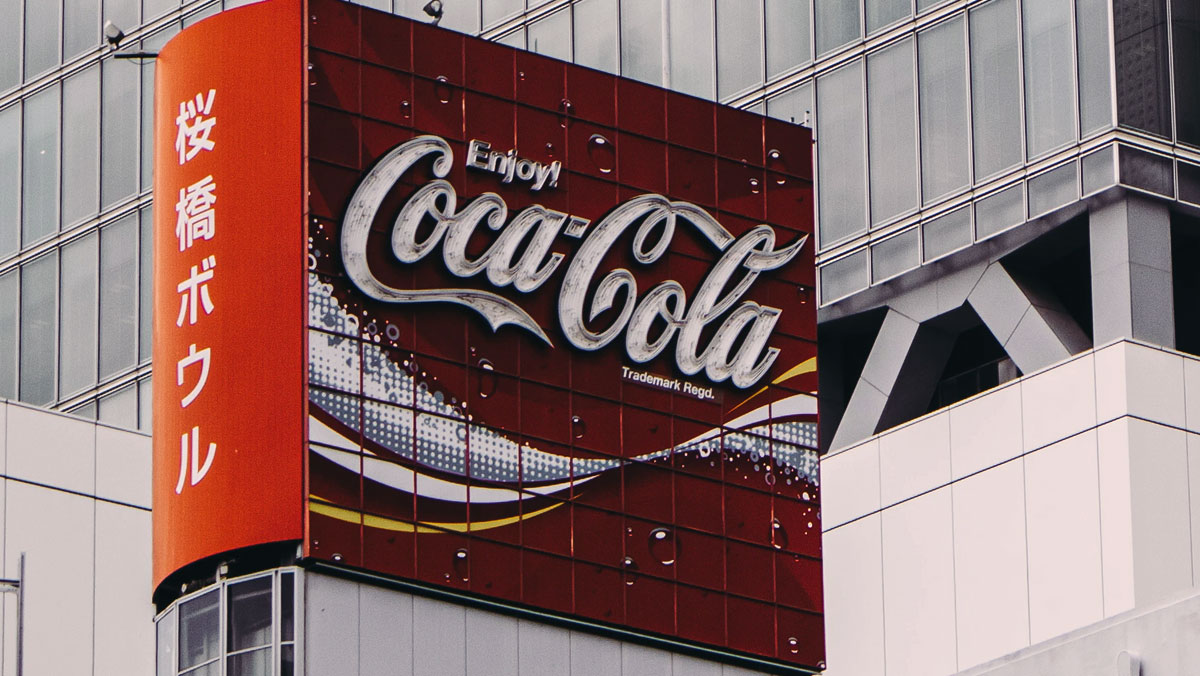
Brand awareness and brand equity are KPIs at the top of every brand marketer’s list. Rightly so. These KPIs are extremely important in terms of growth; without them, it is hard to know how an audience perceives a brand.
But there is one problem.
Too often, the terms are used interchangeably. They may be connected but they represent different things. If their specific roles are not distinguished, your brand strategy will be harmed. Let’s dive into the difference between the two so your brand swims rather than sinks.
Brand Awareness
What is it and why is it important?
Simply put, brand awareness is the familiarity an audience has with a brand through its qualities or images. Companies attribute much importance to this KPI because getting brand awareness right is the first step in driving a target audience to become a loyal customer base.
The term itself is pretty straight forward. Where companies can struggle is in implementing the best strategies to increase and improve brand awareness.
How to increase brand awareness
There are many ways to increase brand awareness. Admittedly, we all like to take inspiration from the bigger brands of the world. Like Coca-Cola, for example.
Coca-Cola has a very clear, consistent brand voice and they’ve successfully transferred over to the tone, visuals, and associations that we all connect to the soda brand. Almost 7.1 billion people around the world would be able to recognize the Coca-Cola label. That’s impressive.
But Coca-Cola doesn’t take things for granted. When brand awareness began to fall among millennials, the brand devised the “Share a Coke” campaign. Targeted toward the Mexican market, Coca-Cola achieved the following results:
- 1.7 million users reached;
- 81 million media impressions on display;
- 175 million social media views;
- 3.2 million views for the TV commercial;
- CTV average of 3.98 percent during the campaign;
- 80 percent of target reached;
- 51 percent of website traffic from mobile devices;
- 44 percent of Mexico shared a Coke.
And when it comes to brand awareness? This important KPI increased by 11%.
Your brand might not be Coca-Cola, but it is possible to reach higher levels of brand awareness if you set a solid marketing plan in place. It starts with knowing your target audience: who they are, what they value, how they are reacting to your competitors, and the best places to reach them. Once you have this information, you can start running campaigns specifically intended to increase brand awareness. Some easy-to-implement strategies to start you off include:
- Brand packaging;
- Collaborating with influencers;
- Referral programs;
- Guest articles;
- Podcast interviews.
Now that we know what brand awareness is, it’s time to look at how it differs from brand equity.
Brand Equity
What is it and why is it important?
Brand equity is a clear indicator of real product-value. Brand equity relies heavily on brand awareness, hence why people often confuse the two.
So, where is it that they overlap?
There are three different ways in which one can view brand equity: from a customer mindset, product marketing outcomes, and financial marketing outcomes. Brand awareness falls under the customer mindset. In addition, what determines brand awareness also determines financial marketing outcomes. To put it simply: brand awareness may be tied to brand equity but should be treated as a separate KPI. Consider brand awareness just one detail in the larger world of brand equity.
Brand equity is extremely important for brands on a growth path. Why? Because when a brand has positive equity, customers are willing to pay competitive, higher prices for a product they trust. Customers base this decision on their perception of that brand, how it affects them, and the end value. This, in turn, has a direct effect on brand sales.
Apple is probably the best example of a company with high brand equity. Apple isn’t the only company that produces smartphones; it probably doesn’t even produce the best smartphones (many argue that the more cheaply priced Huawei phones are just as good, if not better). Yet Apple is the biggest brand in the world. Let’s look at how Apple strategized to achieve this coveted position.
How to increase brand equity
Bynder has been watching Apple closely and pinpointed the following steps the company has taken to increase its brand equity:
- Apple has an aura of secrecy around its product development that creates hype and conversation;
- They position themselves as different from all the other tech companies out there;
- Apple products make consumers feel good and part of something exclusive;
- Customers are placed at the center of the brand (for example, this iPhone campaign).
Apple may be the world’s biggest brand, but they certainly have brand strategies that even the smallest of companies can easily take on board.
There you have it, the difference between brand equity and brand awareness explained. While the exact definitions may slip your mind over time, the important thing to remember is that they are not one and the same — and shouldn’t be treated so. Take a look at your brand strategy! Are you substituting one for another? If the answer is “yes”, it’s time to change things up. Target both these important KPIs, target them correctly, and enjoy better growth for your brand.
Cover image source: Alejandro Barba